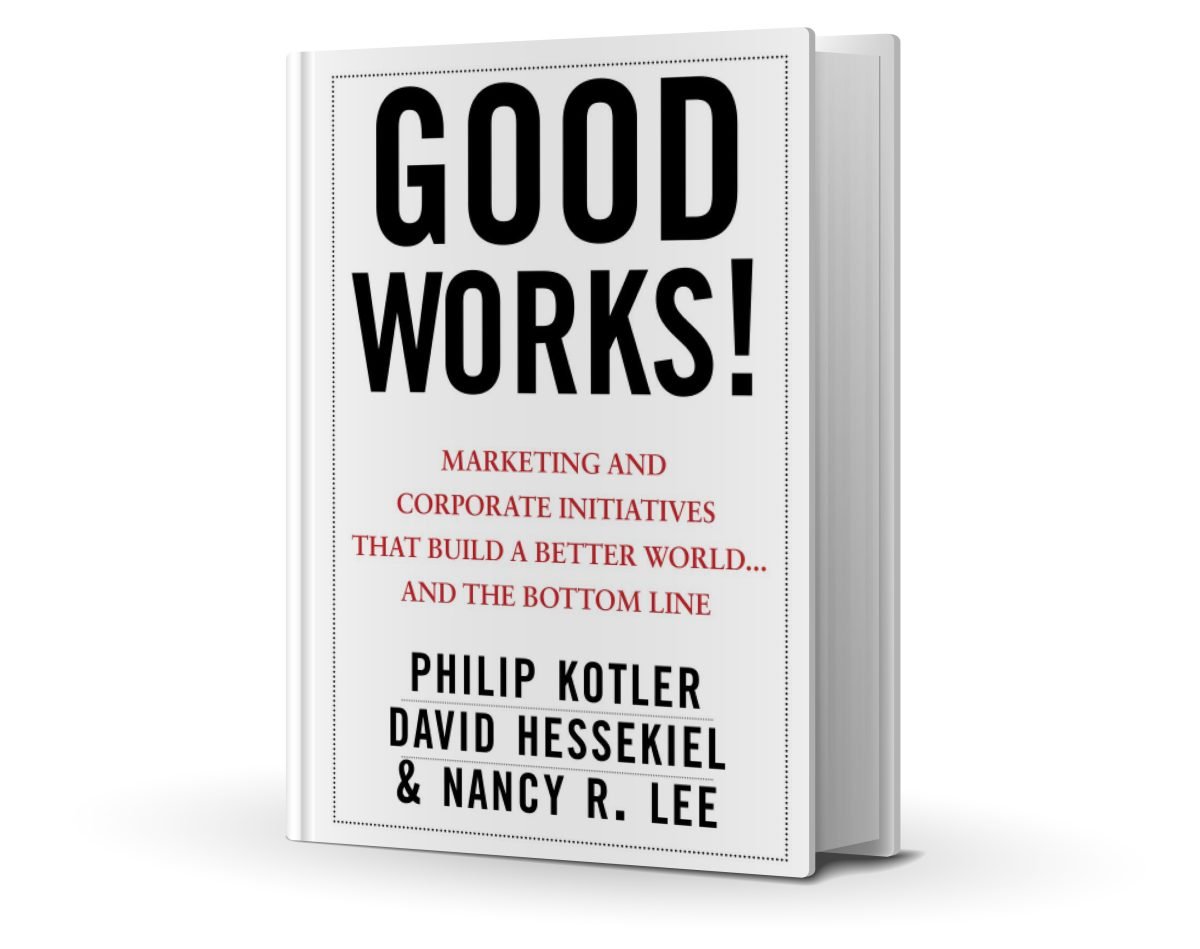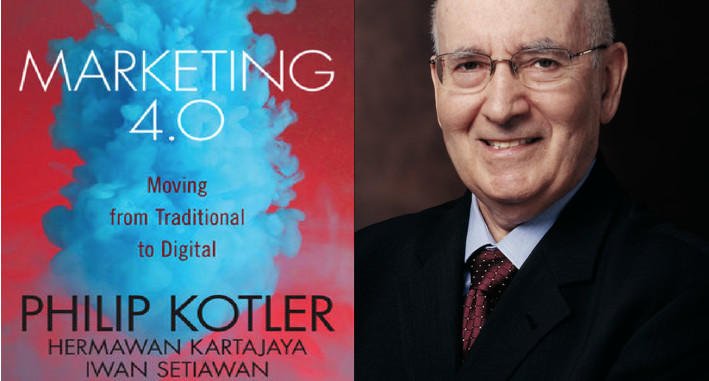In today’s fast-paced work environment, the success of any organization hinges on the ability of its teams to work together effectively. Team building is not just a buzzword; it’s a crucial process that fosters collaboration, trust, and communication among team members. When done right, team building can significantly enhance a team’s performance, boost morale, and ultimately drive organizational success. In this blog, we will explore the key components of an effective team-building process and understand their importance in creating a cohesive and productive team.
1. Communication: The Cornerstone of Team Building
Effective communication is the backbone of any successful team. It involves the clear and open exchange of ideas, feedback, and information among team members. Good communication helps prevent misunderstandings and ensures that everyone is on the same page, working towards the same goals.
Importance:
- Reduces Misunderstandings: Clear communication minimizes the chances of errors and confusion.
- Enhances Collaboration: Open channels of communication encourage the sharing of ideas and resources, which fosters teamwork.
- Builds Trust: Regular and honest communication builds trust among team members, creating a more cohesive team environment.
How to Improve Communication:
- Encourage open dialogue and active listening.
- Use collaborative tools and platforms to facilitate communication.
- Schedule regular team meetings and feedback sessions.
2. Increased Trust: Building a Strong Foundation
Trust is a fundamental element in any relationship, especially within a team. A high level of trust among team members leads to a more open and collaborative environment where everyone feels safe to share their ideas and take risks.
Importance:
- Promotes Openness: Trust enables team members to be more open with each other, leading to more honest and constructive discussions.
- Enhances Collaboration: When team members trust one another, they are more likely to collaborate effectively and share responsibilities.
- Improves Morale: A trusting environment reduces stress and increases overall job satisfaction and morale.
How to Build Trust:
- Encourage transparency and honesty in all communications.
- Foster a culture of mutual respect and support.
- Recognize and reward trust-building behaviors.
3. Enhanced Collaboration: Working Towards a Common Goal
Collaboration is about working together effectively towards a common goal. It involves leveraging the diverse skills and perspectives of team members to achieve better outcomes than would be possible individually.
Importance:
- Maximizes Strengths: Collaboration allows team members to utilize their unique skills and strengths, leading to more innovative solutions.
- Improves Problem-Solving: Working together helps teams tackle complex problems more efficiently by combining different viewpoints and expertise.
- Fosters Innovation: Collaborative environments encourage creative thinking and the generation of new ideas.
How to Enhance Collaboration:
- Promote team-building activities that require cooperation and teamwork.
- Use collaborative tools and technologies that facilitate shared workspaces.
- Encourage cross-functional teams to bring diverse skills together.
4. Boosted Morale: Keeping the Team Engaged and Motivated
Morale is the overall outlook, attitude, and satisfaction of team members within their work environment. High morale is associated with increased motivation, productivity, and engagement.
Importance:
- Increases Productivity: Teams with high morale are more motivated to perform well and meet their goals.
- Reduces Turnover: When morale is high, employees are more likely to stay with the organization, reducing turnover rates.
- Promotes a Positive Work Environment: High morale fosters a positive and supportive work environment, which can lead to better team dynamics.
How to Boost Morale:
- Recognize and reward team achievements and individual contributions.
- Provide opportunities for professional growth and development.
- Create a positive and inclusive work environment.
5. Problem-Solving Skills: Navigating Challenges Effectively
Problem-solving skills are essential for overcoming obstacles and finding effective solutions to challenges that arise. Teams with strong problem-solving abilities can navigate complexities and adapt to changing circumstances more effectively.
Importance:
- Improves Decision-Making: Strong problem-solving skills lead to better decision-making by considering all relevant factors and potential outcomes.
- Enhances Team Resilience: Teams that can solve problems effectively are more resilient and adaptable to change.
- Encourages Innovation: Problem-solving fosters creativity and innovation as teams explore new ideas and solutions.
How to Develop Problem-Solving Skills:
- Encourage critical thinking and the exploration of multiple solutions.
- Provide training and resources on problem-solving techniques.
- Use real-world scenarios and simulations to practice problem-solving.
6. Clarified Roles and Responsibilities: Ensuring Accountability and Efficiency
Clarified roles and responsibilities mean that each team member understands their specific duties, expectations, and authority within the team. This clarity is essential for minimizing confusion and ensuring that everyone knows what is expected of them.
Importance:
- Increases Accountability: When roles are clearly defined, it is easier to hold team members accountable for their tasks and responsibilities.
- Enhances Efficiency: Clear roles prevent overlaps and redundancies, leading to more efficient workflows.
- Reduces Conflicts: Understanding who is responsible for what minimizes the potential for conflicts and misunderstandings.
How to Clarify Roles and Responsibilities:
- Develop detailed job descriptions for each team member.
- Communicate roles and responsibilities clearly and regularly.
- Review and update roles as needed to reflect changes in team dynamics or objectives.
7. Reduced Conflicts: Fostering a Harmonious Work Environment
Reduced conflicts within a team lead to a more harmonious and productive work environment. When conflicts are minimized, teams can focus more on their goals and less on interpersonal issues.
Importance:
- Improves Team Dynamics: Reduced conflicts lead to better teamwork and stronger relationships among team members.
- Increases Productivity: Less time spent on resolving conflicts means more time spent on productive work.
- Enhances Job Satisfaction: A conflict-free environment contributes to higher job satisfaction and morale.
How to Reduce Conflicts:
- Promote open and honest communication to prevent misunderstandings.
- Implement conflict resolution strategies, such as mediation and negotiation.
- Foster a culture of respect and inclusion where differences are valued.

The success of any team-building process lies in its ability to foster a collaborative, supportive, and efficient work environment. By focusing on key components such as communication, trust, collaboration, morale, problem-solving skills, clarified roles, and reduced conflicts, organizations can build strong, cohesive teams that drive success. Investing in these elements not only enhances team performance but also creates a positive work culture that attracts and retains top talent. Remember, team building is an ongoing process that requires continuous effort, commitment, and adaptation to ensure long-term success.
By implementing these strategies, organizations can create high-performing teams that are equipped to navigate challenges, innovate, and achieve their goals. So, start investing in your team-building efforts today and watch your teams thrive!








